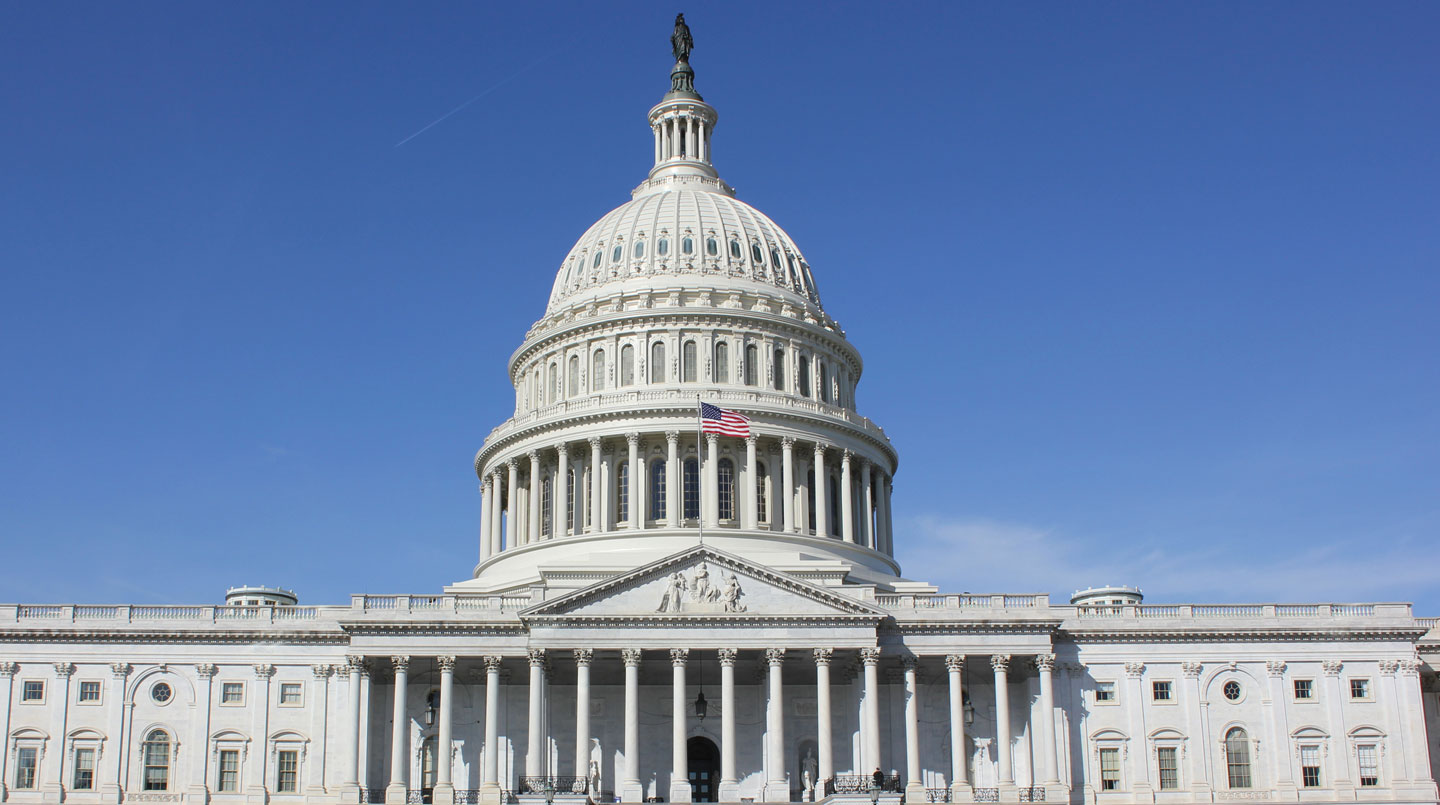Tag: ohio
-
Campaign finance deadline today in Ohio

Candidates and organizations involved in Ohio’s statewide elections must file campaign finance information by October 27, 2022. The general election will take place in Ohio on November 8, 2022. What state-level offices are on the ballot this year in Ohio? Seventeen of the 33 seats in the Ohio State Senate All 99 seats in the…
-
These are the most expensive contested elections in the Ohio Senate

Elections for 17 of 33 seats in the Ohio State Senate will take place on Nov. 8, 2022. Republicans hold a 25-8 majority heading into the election. This article details the five most expensive contested general elections in the State Senate. This information comes from candidate reports to the Ohio Secretary of State covering the…
-
These are the most expensive contested elections in the Ohio House

Elections for all 99 seats in the Ohio House of Representatives will take place on Nov. 8, 2022. Republicans hold a 64-35 majority heading into the election. This article details the five most expensive contested general elections in the House of Representatives. This information comes from candidate reports to the Ohio Secretary of State covering…
-
All candidates for Ohio House of Representatives District 19 complete Ballotpedia’s Candidate Connection survey

Both of the candidates running in the November 8, 2022, general election for Ohio House of Representatives District 19 — incumbent Phil Robinson (D) and Ron Brough (R) — completed Ballotpedia’s Candidate Connection survey. These survey responses allow voters to hear directly from candidates about what motivates them to run for office. Eighty-eight of the…
-
All candidates for Franklin County Court of Common Pleas General Division in Ohio complete Ballotpedia’s Candidate Connection survey

Both of the candidates running in the November 8, 2022, general election for Franklin County Court of Common Pleas General Division in Ohio — Jessica Barwell and Julie Lynch — completed Ballotpedia’s Candidate Connection survey. These survey responses allow voters to hear directly from candidates about what motivates them to run for office. According to…
-
Emilia Sykes (D), Madison Gesiotto Gilbert (R) running in Ohio’s 13th Congressional District

Emilia Sykes (D) and Madison Gesiotto Gilbert (R) are running in the November 8, 2022, general election for Ohio’s 13th Congressional District. Incumbent Rep. Tim Ryan (D) did not run for re-election but for U.S. Senate in Ohio. Spectrum News‘ Taylor Popielarz wrote, “Tim Ryan’s decision to run for Senate created a rare open seat…
-
Ohio Gov. DeWine receives $15 million, with Ohio Republican State Central & Executive State Candidate Fund as top donor

Editor’s Note: This article incorrectly listed the Ohio Republican Party as a top donor to Gov. Mike DeWine, with donations totally more than $520,000. Those donations should have been attributed to the Ohio Republican State Central & Executive State Candidate Fund. In Ohio, Gov. Mike DeWine is the number one fundraiser in state politics in…
-
The top 10 Ohio candidates raised 58 percent of all donations

In Ohio politics, state-level candidates and officeholders raised $60.4 million between Jan. 1, 2021, and June 30, 2022. More than $35.1 million, or 58 percent, of all donations reported by candidate committees were raised by the 10 individuals at the top of the list. Top 10 Ohio candidates (1/1/2021 – 6/30/2022) Here are the 10…
-
All candidates for Ohio House of Representatives District 56 complete Ballotpedia’s Candidate Connection survey

Both of the candidates running in the November 8, 2022, general election for Ohio House of Representatives District 56 — Joy Bennett (D) and Adam Mathews (R) — completed Ballotpedia’s Candidate Connection survey. These survey responses allow voters to hear directly from candidates about what motivates them to run for office. Eighty-eight of the country’s…
-
Chabot, Landsman running in general election for Ohio’s 1st Congressional District

Incumbent Steve Chabot (R) and Greg Landsman (D) are running in the November 8, 2022, general election for Ohio’s 1st Congressional District. The Cincinnati Enquirer’s Scott Wartman wrote, “a change in district boundaries through redistricting has given Democrats a slight edge in numbers for what had been a reliably Republican district over the last decade.” Daily Kos calculated…

